Maintaining the health of lithium-ion batteries is crucial for the optimal performance of modern electronic devices. By adopting informed charging habits and environmental considerations, we can significantly extend battery lifespan and efficiency.
Understanding Battery Cycles and Their Impact
A battery cycle refers to the complete charge and discharge of a battery's capacity, not necessarily in a single session. For instance, using 50% of a battery's charge one day and recharging it fully, then using another 50% the next day, constitutes one full cycle. Lithium-ion batteries are typically rated for 300 to 1,000 full cycles, depending on the device and battery quality. Exceeding these cycles leads to diminished capacity and performance.
Optimal Charging Practices
Maintain Charge Between 20% and 80%
Keeping the battery charge within this range reduces stress on the battery cells, thereby prolonging their lifespan. Avoiding full discharges (0%) and full charges (100%) minimizes the depth of discharge (DoD), which is directly linked to battery wear .
Avoid Overnight Charging
Leaving devices plugged in after reaching full charge can lead to overcharging, which generates heat and accelerates battery degradation . Unplugging devices once they reach the desired charge level is advisable.
Utilize Built-In Battery Optimization Features
Modern devices often include settings like "Optimized Battery Charging" or "Adaptive Charging," which learn your charging habits and adjust charging rates to reduce battery aging . Enabling these features can help maintain battery health over time.
Environmental Considerations
Avoid Extreme Temperatures
Exposing batteries to high temperatures can accelerate aging, while extremely low temperatures can temporarily reduce performance. Keeping devices within the recommended temperature range (0°C to 45°C) is essential for battery longevity .
Proper Storage
If storing a device for an extended period, ensure the battery is charged to around 50% and stored in a cool, dry place. This practice helps prevent capacity loss during storage .
Managing Device Settings
Reduce Screen Brightness and Use Wi-Fi
Lowering screen brightness and utilizing Wi-Fi over cellular data can decrease battery consumption, thereby reducing the frequency of charge cycles .
Disable Unnecessary Features
Turning off Bluetooth, GPS, and background app refresh when not in use conserves battery life and minimizes unnecessary charging .
Visualizing Battery Health Management
To better understand the relationship between charging habits and battery health, consider the following flowchart:

Conclusion
By adopting mindful charging practices, managing device settings, and considering environmental factors, we can significantly extend the lifespan and performance of lithium-ion batteries. Implementing these strategies not only enhances device reliability but also contributes to environmental sustainability by reducing electronic waste.
Frequently Asked Questions
Q: Is it safe to leave my device charging overnight?
A: While modern devices have mechanisms to prevent overcharging, consistently leaving them plugged in overnight can generate heat, which may accelerate battery degradation.
Q: How often should I let my battery discharge completely?
A: It's advisable to avoid full discharges. Maintaining the battery charge between 20% and 80% is optimal for longevity.
Q: Do fast chargers harm the battery?
A: Using certified fast chargers as per the manufacturer's recommendations is generally safe. However, frequent use of high-speed charging can generate more heat, potentially affecting battery health over time.
Q: Can I use my device while it's charging?
A: Yes, but intensive usage during charging can increase device temperature, which may impact battery health.
Q: Does closing background apps save battery?
A: Closing unnecessary background apps can reduce battery consumption, thereby decreasing the frequency of charge cycles.
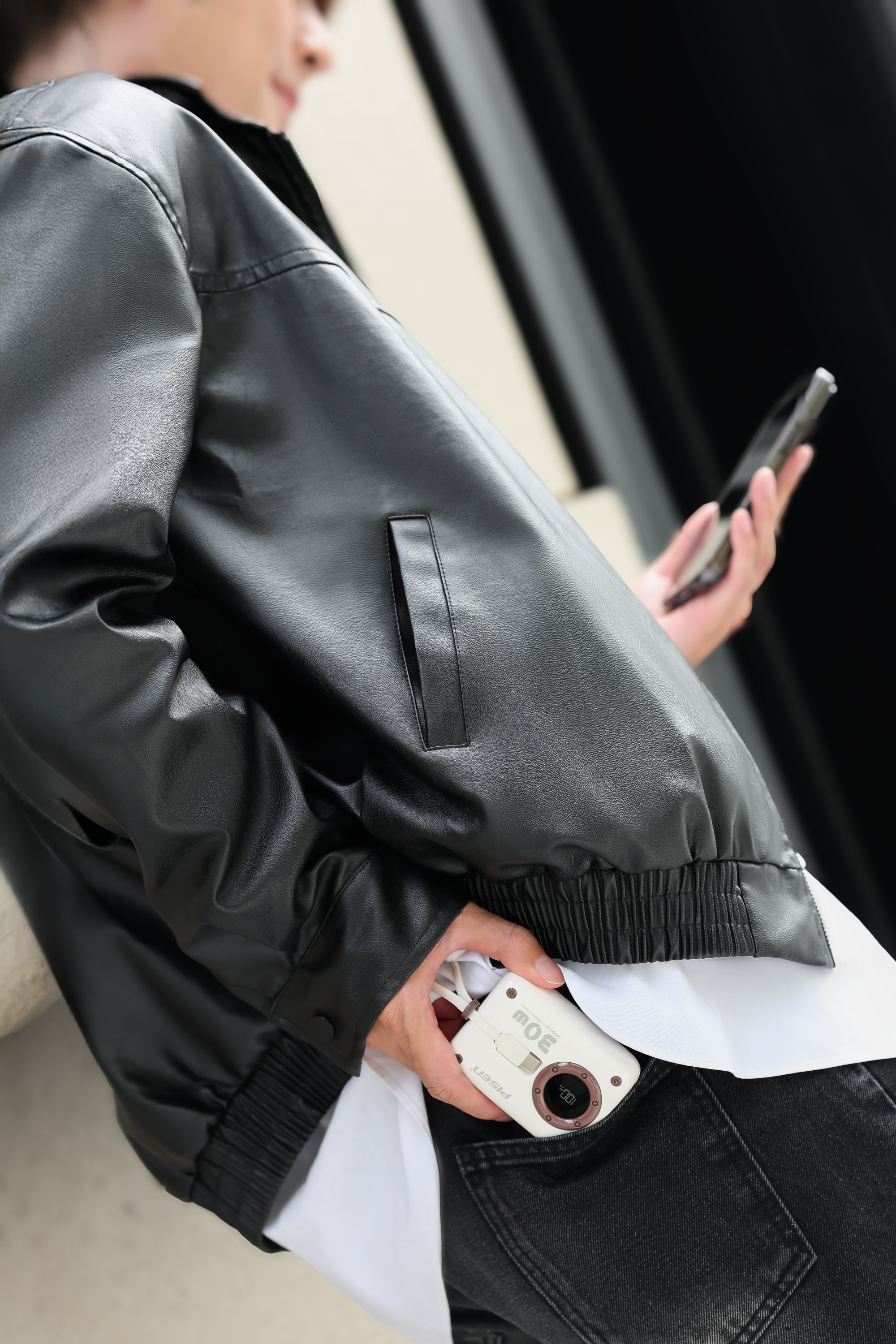

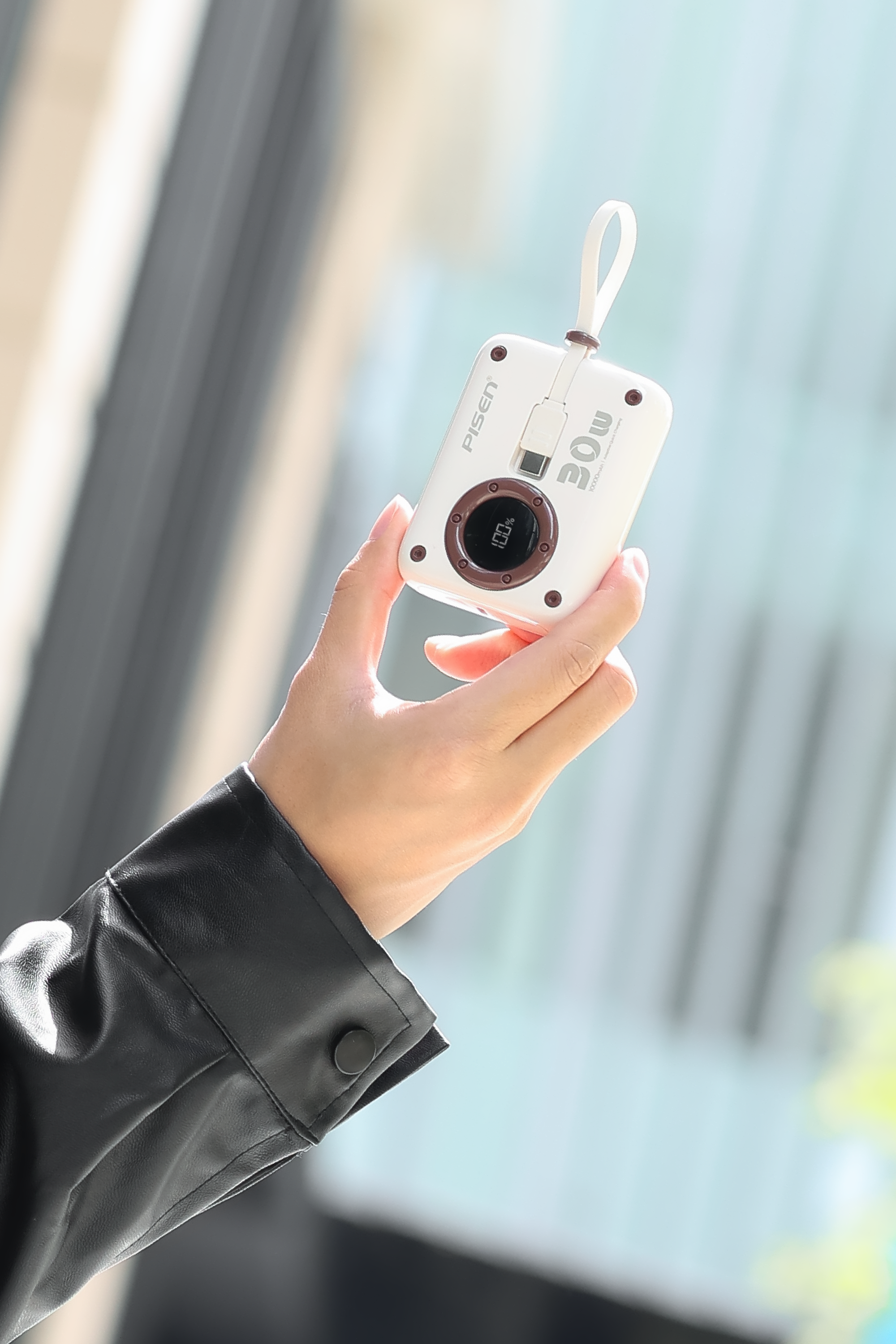



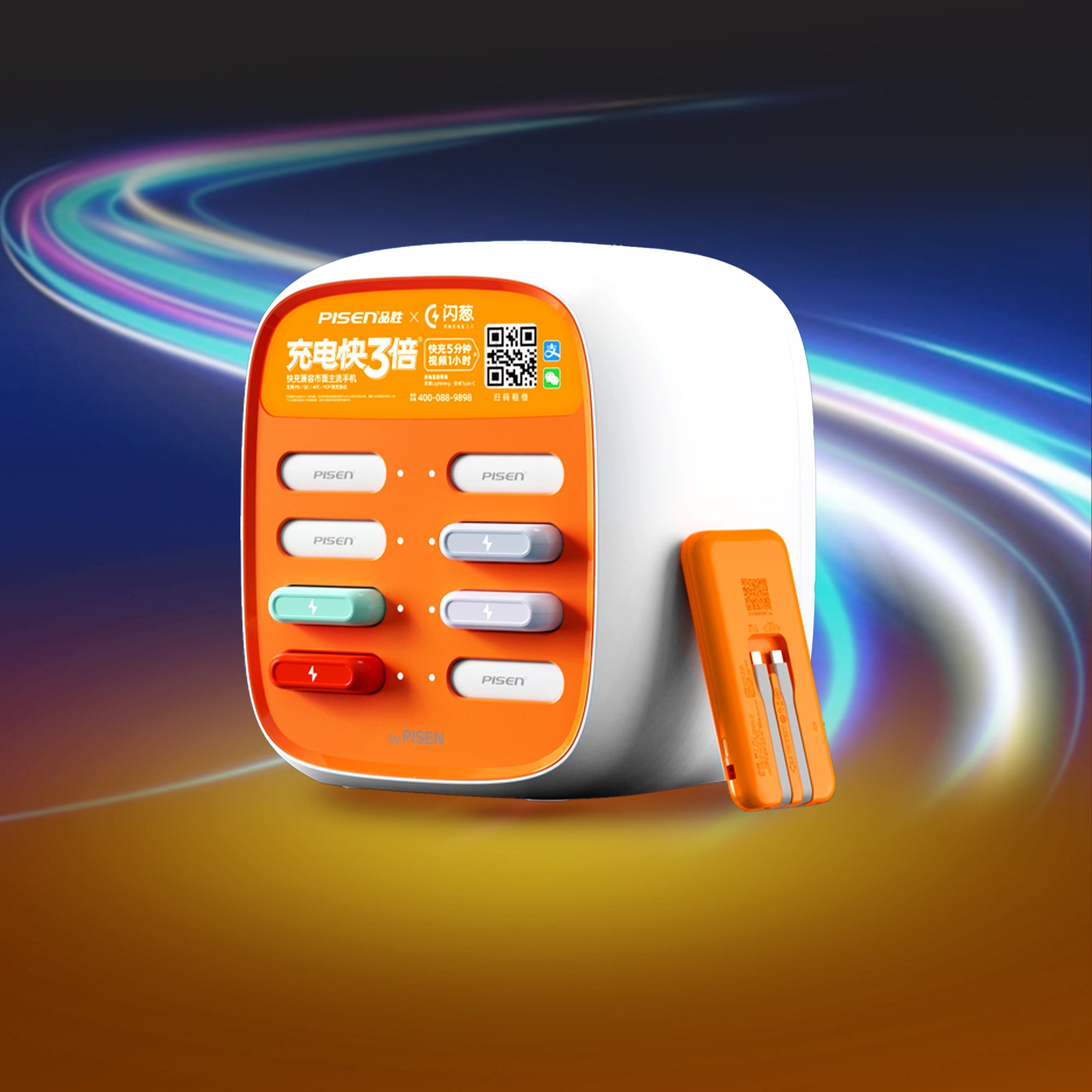



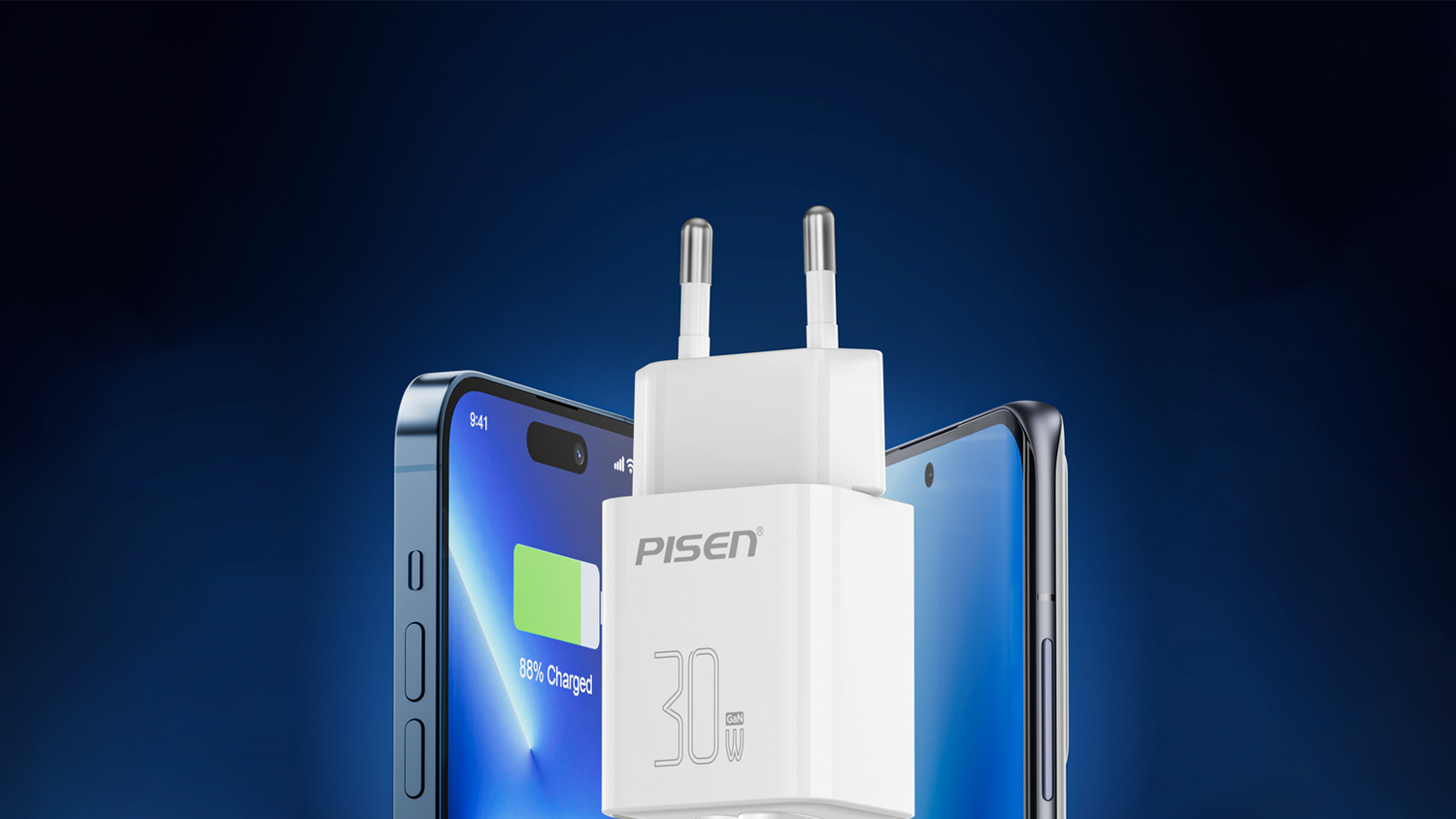
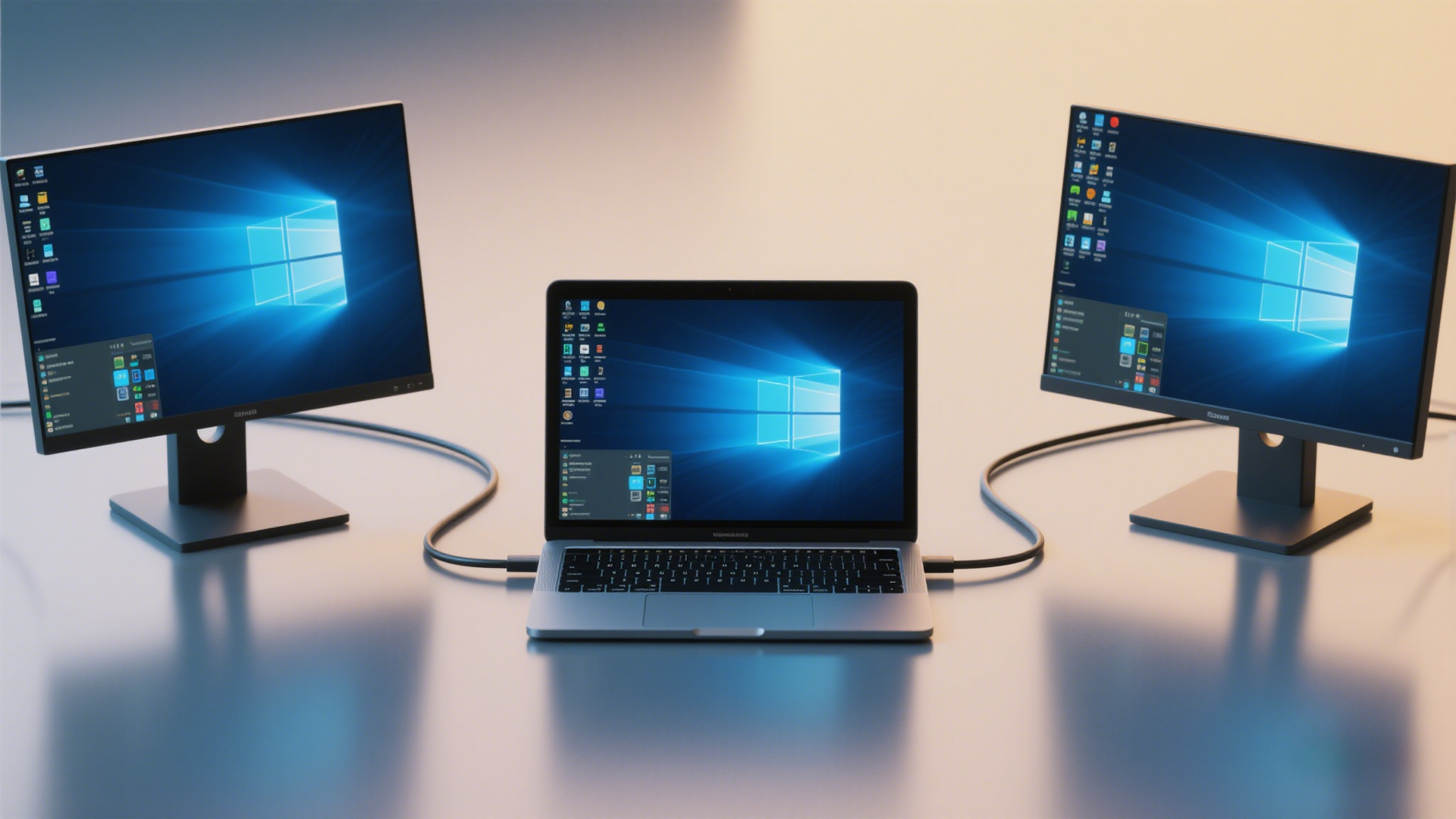
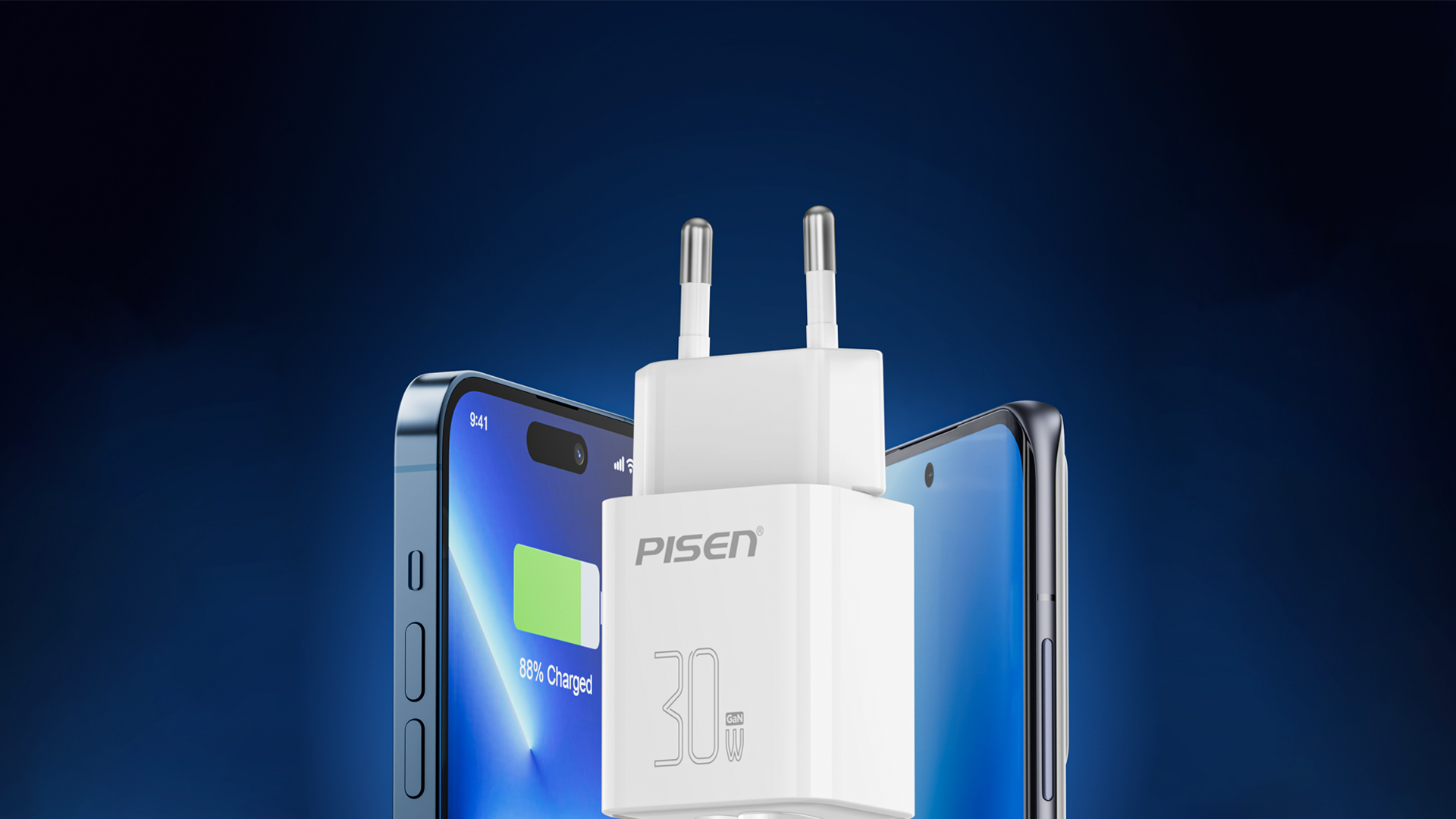
ทิ้งข้อความไว้
ความคิดเห็นทั้งหมดจะถูกกลั่นกรองก่อนที่จะเผยแพร่
เว็บไซต์นี้ได้รับการคุ้มครองโดย hCaptcha และมีการนำนโยบายความเป็นส่วนตัวของ hCaptcha และข้อกำหนดในการใช้บริการมาใช้